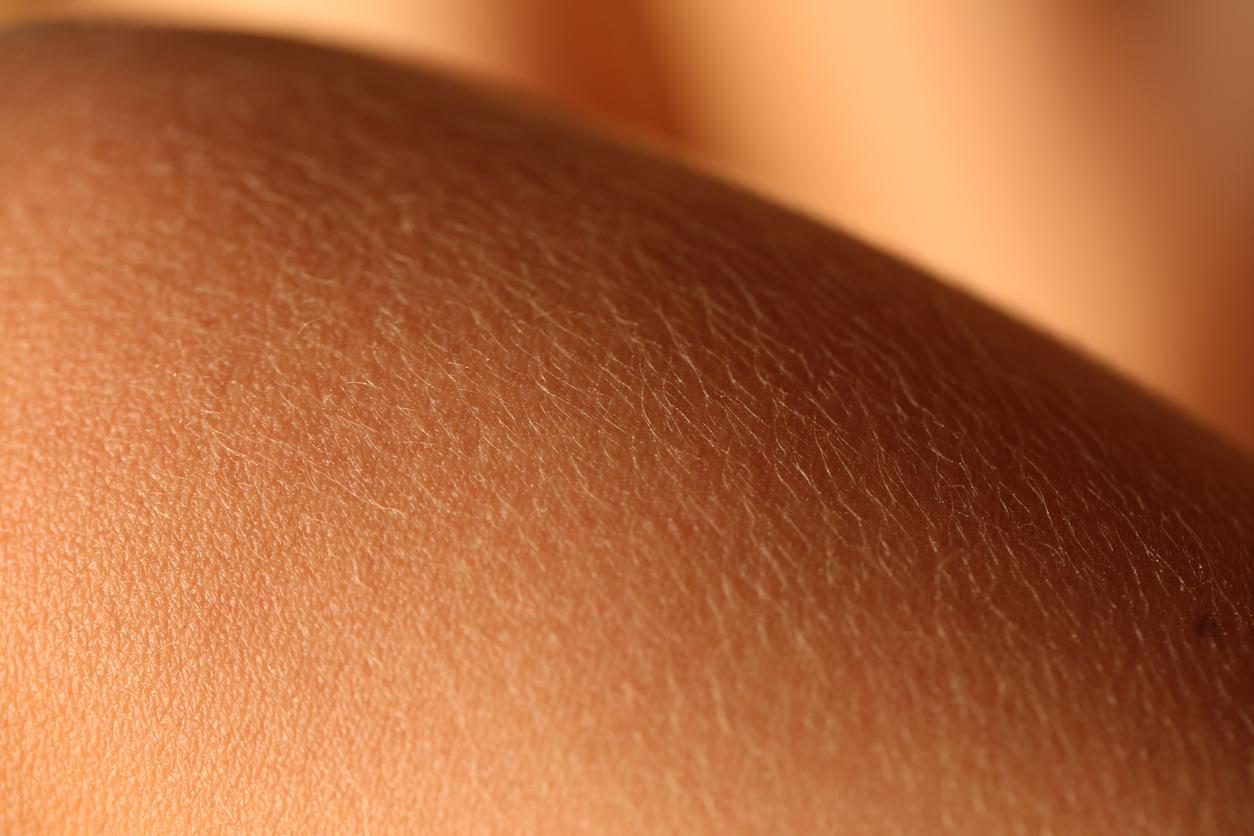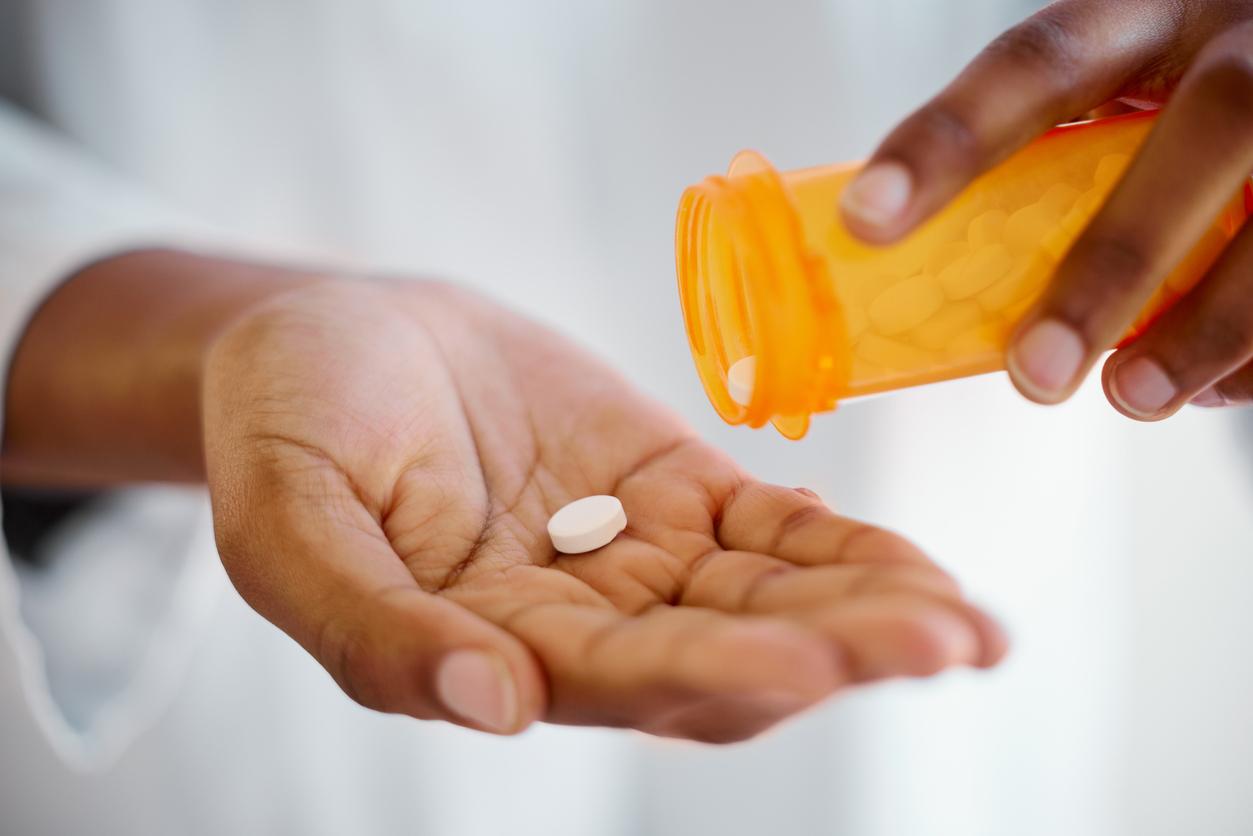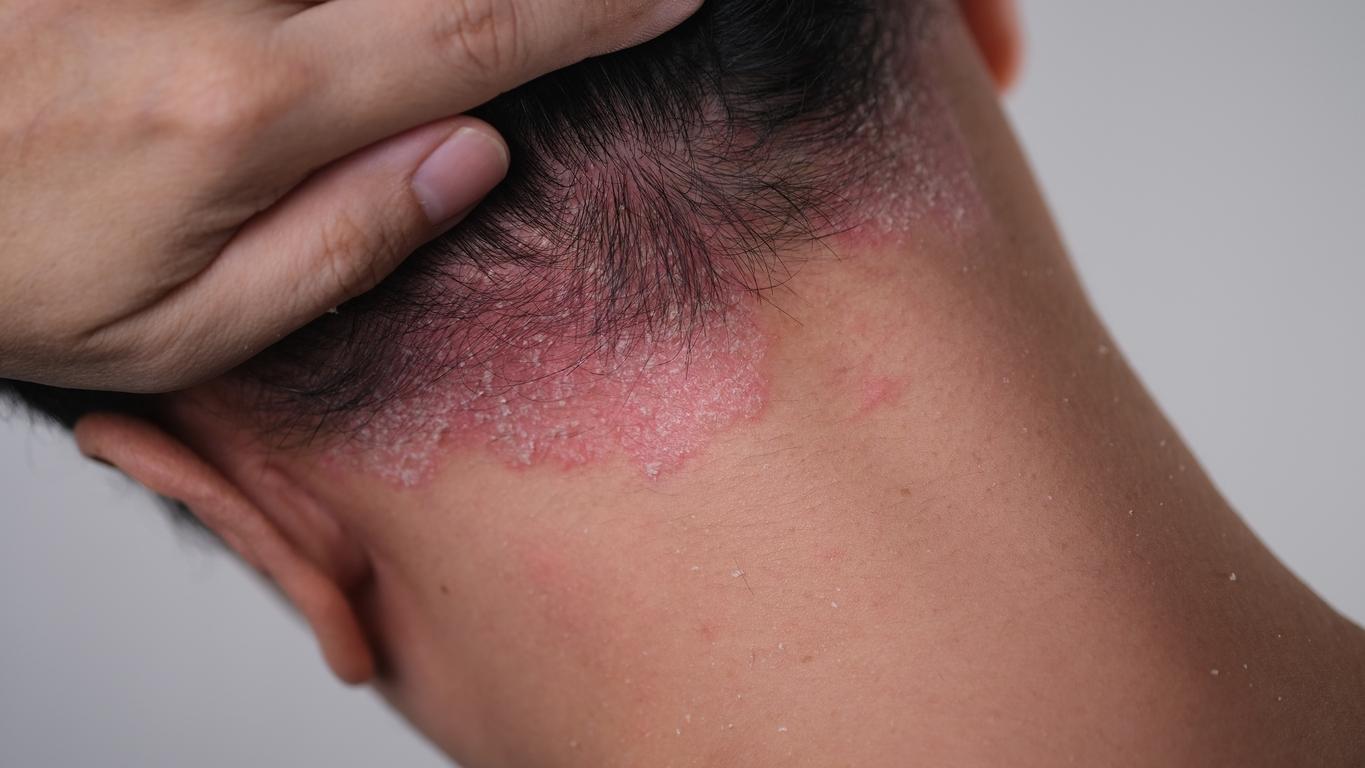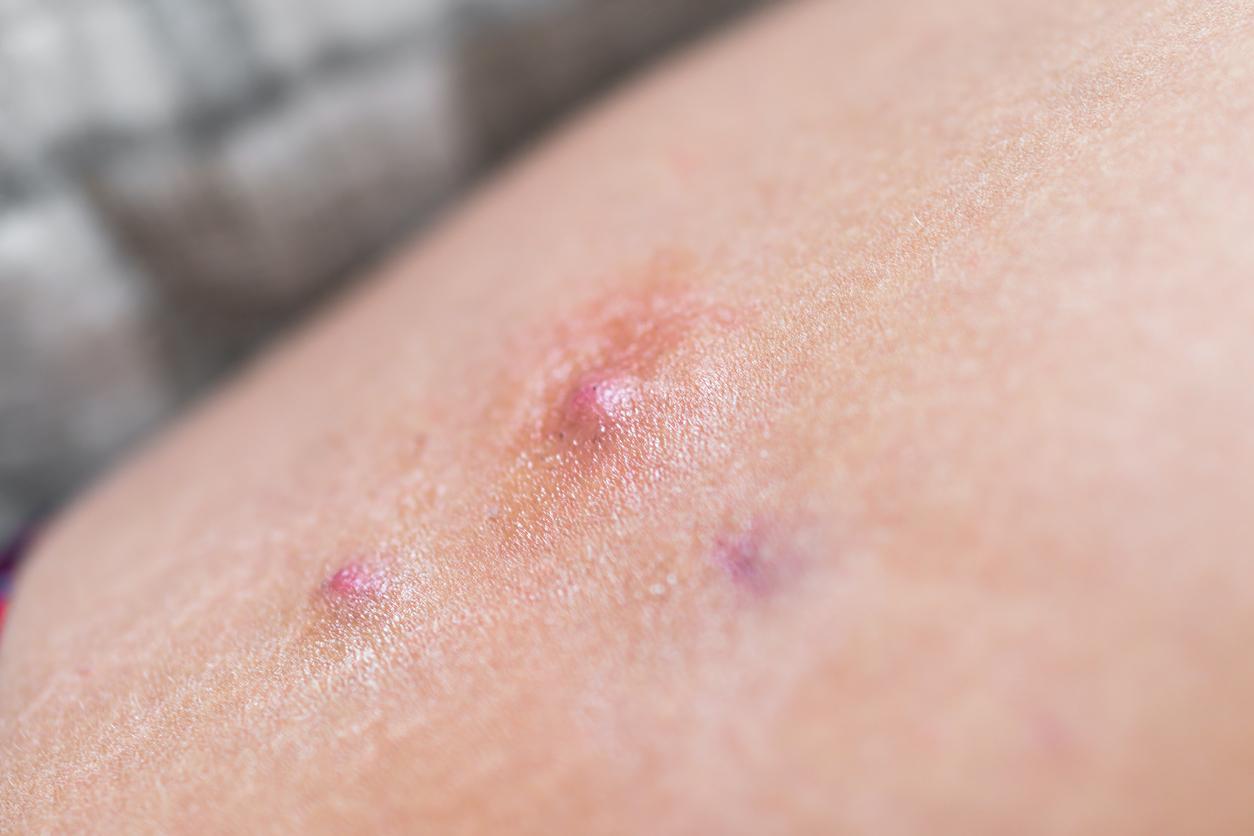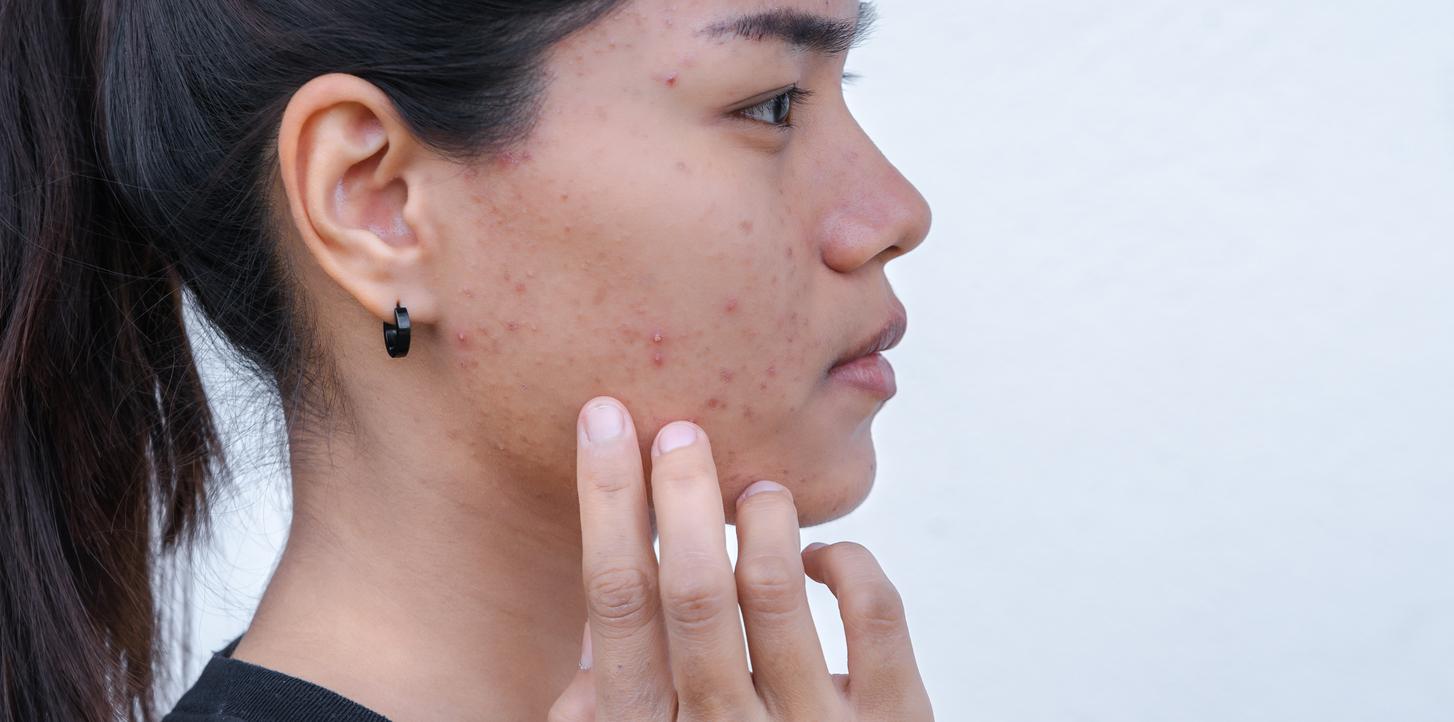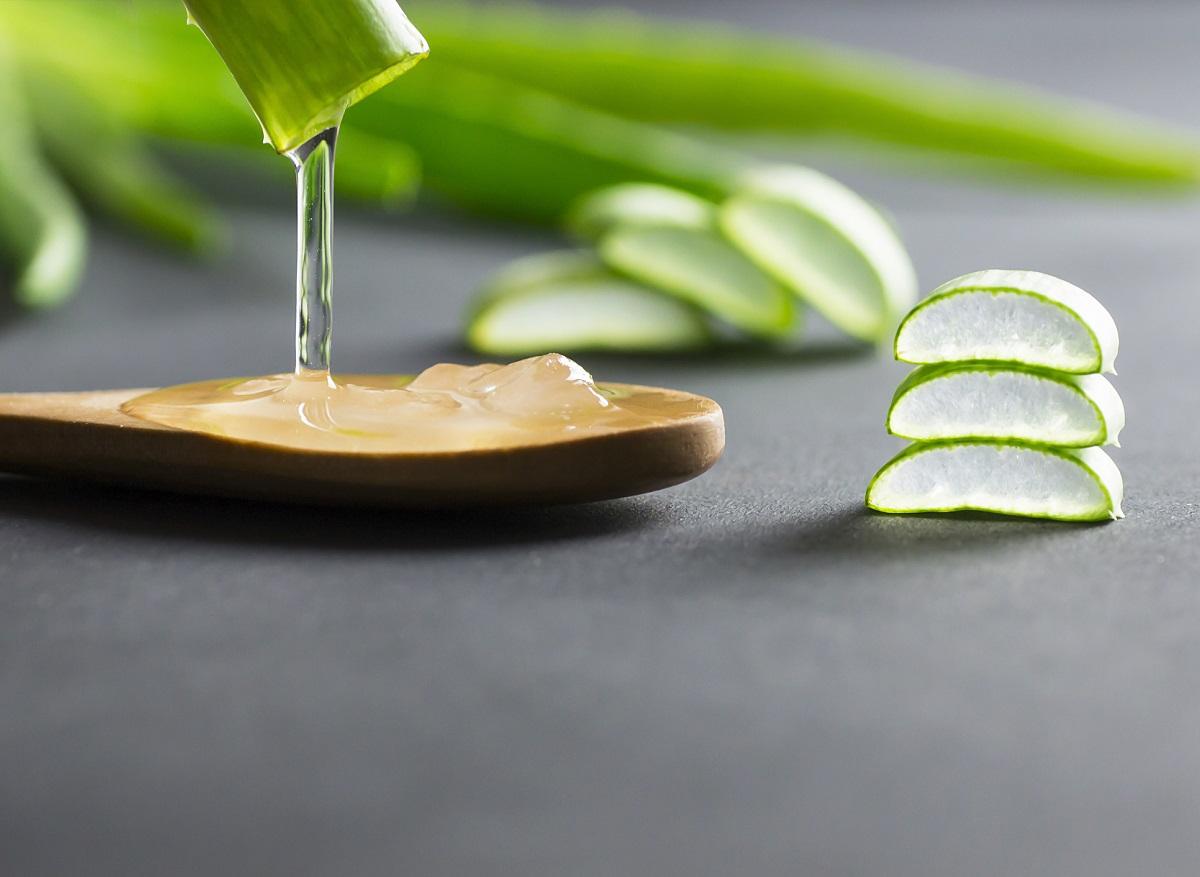At the end of December, the French Society of Dermatology took stock of the presence of endocrine disruptors in cosmetics.

Endocrine disruptors (EDs) are exogenous compounds that are potentially harmful to the body and human health. They act by imitating and modifying the metabolism of natural hormones and are suspected of inducing serious pathologies such as obesity, fertility disorders (possibly over several generations), precocious puberty or even cancer. They are found in particular in pesticides of course, but also in household products, furniture, clothing or cosmetics. On the occasion of the Paris Dermatological Days, held in December at the Palais des Congrès (17and arrondissement), the French Society of Dermatology took stock of the presence of endocrine disruptors in cosmetics today.
Endocrine disruptors and cosmetic packaging
Endocrine disruptors, in particular phthalates (semi-volatile organic pollutants very common in the environment of urban areas and in homes) were previously widely used in the composition of cosmetics. Manufacturers incorporated this class of molecules into products such as nail polishes, perfumes or even hair sprays. In 2013, the European Union banned many phthalates in the composition of cosmetics on the pretext that they were carcinogenic, mutagenic and toxic for reproduction. Currently, the only type still authorized is diethyl because it is used in the formula of modified alcohol used in perfumery or cosmetics.
Overall, the risk of the presence of phthalates is therefore especially high with regard to containers such as tubes and bottles. “It is impossible to distinguish whether a given phthalate comes from the cosmetic or from the packaging. However, if it is a cosmetic prohibited in the formulation of cosmetics and it is present in the analyzed cosmetic, the most likely is that it has been released from the packaging into the cosmetic or there will be accidental contamination during manufacture or packaging”, explains Professor Annick Barbaud, dermatologist, head of the dermatology and allergology department at Tenon Hospital (Paris), vice-president of the dermato-allergology group of the SFD.
As for bisphenols, other endocrine disruptors in plastics, they are not used in the composition of cosmetics. We therefore do not know their release from the containers. Revising the types of plastic in containers could help prevent this release in cosmetics, considers Annick Barbaud.
What about bulk cosmetics?
In an ecological spirit, more and more consumers are starting to use glass packaging to collect and store their cosmetics. “Using glass packaging could be a good alternative idea, but it is not suitable for certain cosmetics such as make-up products for example, and poses the problem of risk of breakage and injuries associated with that of the problem of waste management”, explains Annick Barbaud.
What’s more, “the risk of infectious contamination and the proliferation of bacteria inside is real”, warns the specialist. Finally, “this does not completely solve the problem because cosmetics sold and distributed in bulk are contained in large plastic packaging. Cosmetics are therefore in direct contact with plastics and contamination by an endocrine disruptor is possible at this stage.”
Should we believe the “sensitive and reactive skin” claims?
For Annick Barbaud, this is a “misleading marketing invention” because it is not based on any benchmark. The specialist therefore recommends that allergic patients only buy cosmetics for which the list of all the ingredients is indicated and to continue to search under the wording “ingredients” for the absence of a molecule (under the INCI code) to which they are sensitized in the list of components of a cosmetic. She concludes: “Cosmetic manufacturers must be required to limit or even eliminate PE ingredients in cosmetics, but also to monitor the release from packaging and the manufacturing process.”
.











